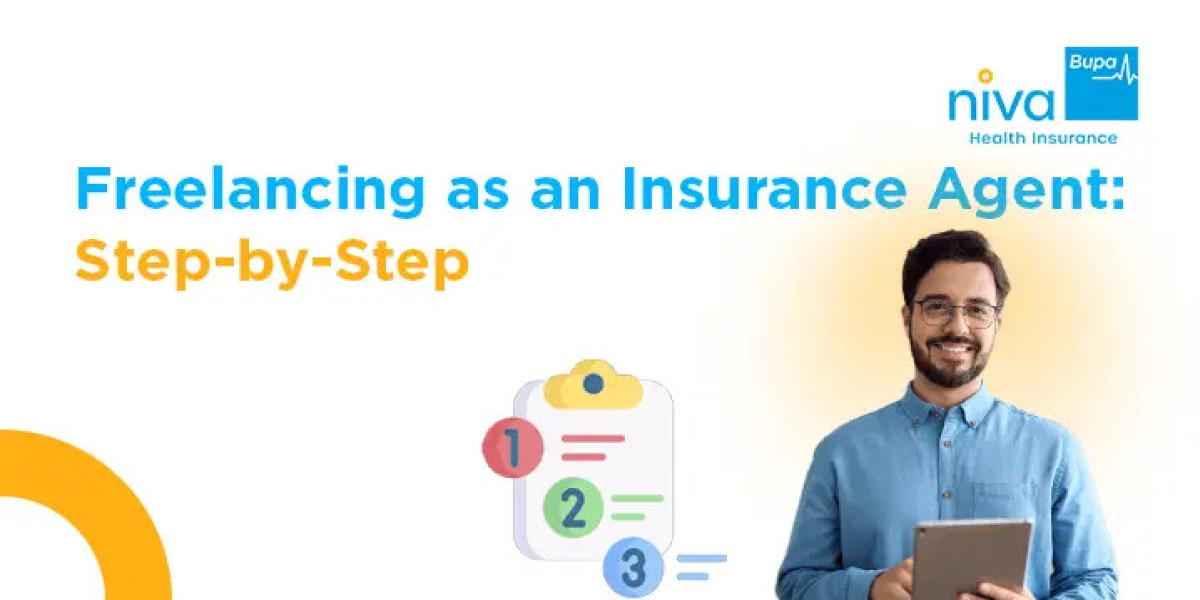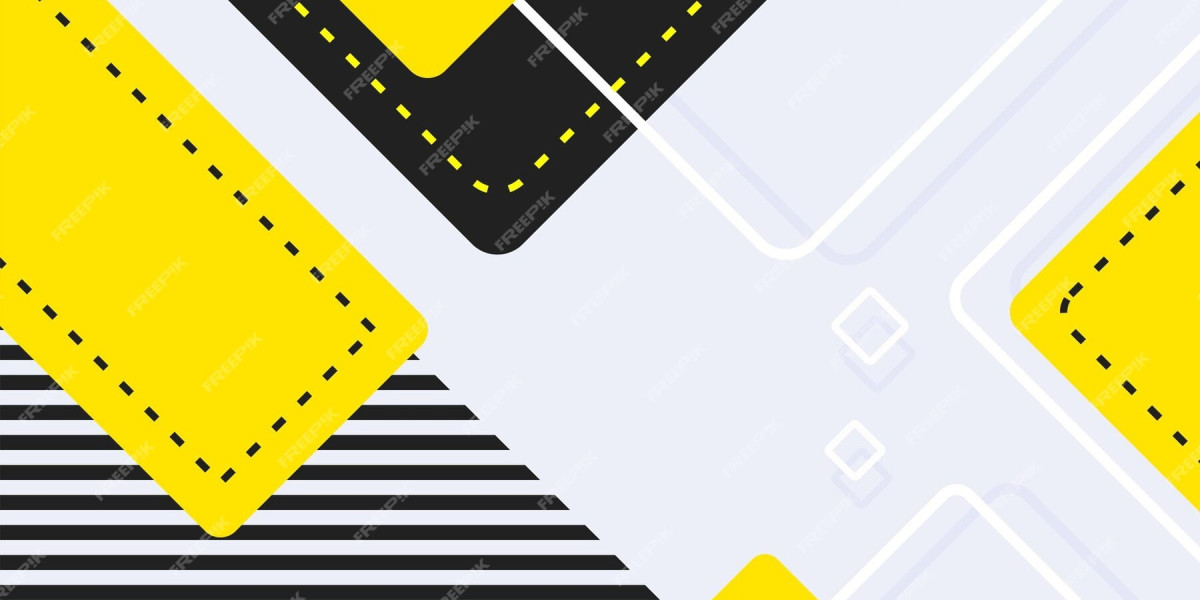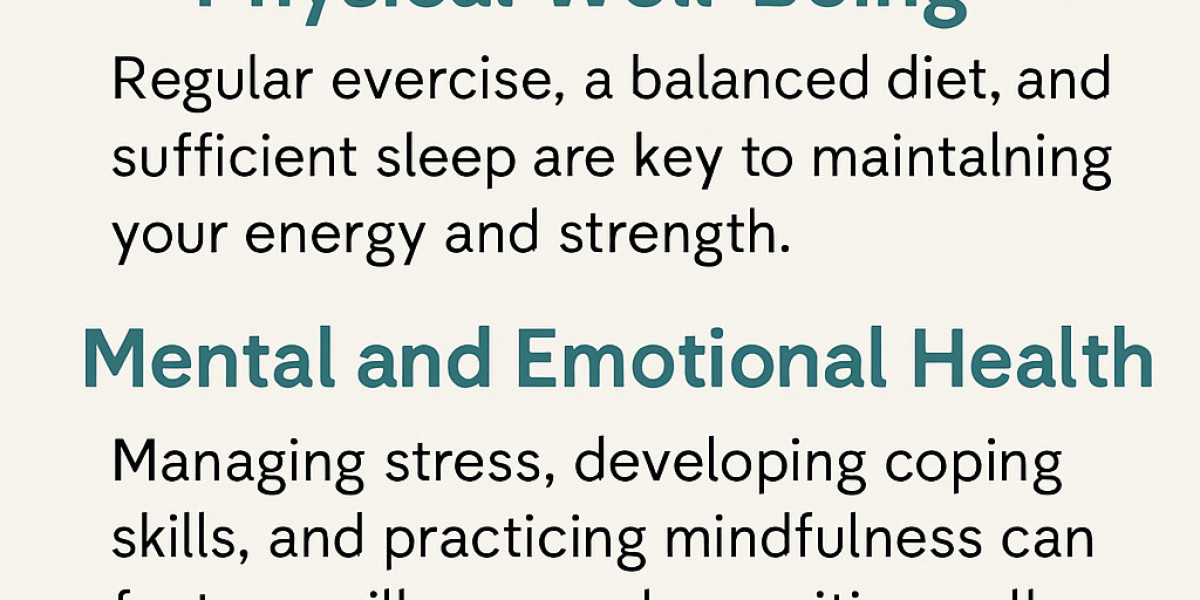Freelancing is an appealing career path for many people due to its flexibility, autonomy, and the opportunity to work from anywhere. Whether you want to escape the traditional 9-to-5 grind or explore new career opportunities, learning how to become a freelancer can be the first step to a rewarding and fulfilling career.
This step-by-step guide will walk you through the essential stages of becoming a freelancer, from identifying your skills to landing your first client. Along the way, we’ll also answer the common question, "How can I become a freelancer?" and explore ways to earn money by freelancing effectively.
Identify Your Skills and Niche
The first step in how to become a freelancer is determining what services you can offer. Think about the skills you have that can be valuable to others. Do you have experience in writing, graphic design, programming, marketing, or social media management? Freelancers typically offer services in areas like:
Writing and Content Creation (blog posts, articles, copywriting)
Graphic Design (logos, web design, marketing materials)
Web Development and Programming (websites, apps, software)
Digital Marketing (SEO, PPC, social media)
Video Production and Editing
Insurance Agent
Once you’ve identified your skills, try to narrow down your niche. Specialising in a specific area, like tech writing or e-commerce marketing, can help you stand out in a crowded marketplace. A niche allows you to attract clients who need exactly what you offer, and you can charge higher rates as an expert in your field.
Build Your Portfolio
In order to showcase your skills and attract clients, you’ll need a portfolio. A strong portfolio is essential when learning how to become a freelancer, as it serves as proof of your capabilities. Your portfolio should include examples of your work, descriptions of the services you offer, and any relevant experience.
If you’re just starting out and don’t have any past client work to showcase, consider doing some pro bono work or personal projects to fill up your portfolio. For example, if you’re a writer, start by writing blog posts for your own website or offer to write for a friend’s business. If you’re a designer, create mock-up logos or websites to demonstrate your style and skills.
Create a professional online presence by using platforms like: Behance, Dribbble, LinkedIn, WordPress or Wix (for building your own website)
Your portfolio should also include testimonials from previous clients or colleagues, even if those are from your past job or volunteer work. Testimonials help establish credibility and build trust with potential clients.
Set Your Rates and Define Your Services
One of the most common questions freelancers ask is, "How can I become a freelancer and start earning?" To get started, you need to set your rates and clearly define the services you offer. Research what others in your industry are charging and set your prices competitively.
Consider the following when setting rates:
Experience Level: If you’re just starting out, you may want to charge lower rates to build your reputation. As you gain more experience and a larger portfolio, you can gradually increase your rates.
Project Type: Different types of projects may warrant different pricing. For example, writing a 500-word blog post might be priced differently from writing a 5,000-word e-book.
Hourly vs. Fixed Pricing: Some freelancers charge by the hour, while others prefer to offer fixed project rates. Both have their benefits, but it’s important to decide which method works best for your type of work.
If you're not sure how to earn money by freelancing and set competitive prices, start by looking at freelancing platforms (such as Upwork, Fiverr, or Freelancer) to get a sense of typical rates in your niche. Don’t forget to consider overhead costs (software, tools, taxes) when setting your rates to ensure you’re earning enough to cover your expenses.
Find Freelance Jobs
Now that you’ve got your portfolio, rates, and services sorted, it’s time to find clients. There are numerous ways to find freelance opportunities, and you can combine several methods to increase your chances of landing work.
Freelance Platforms
Websites like Upwork, Fiverr, Freelancer, and PeoplePerHour are great places to start. These platforms allow you to create a profile, list your skills and services, and bid on projects. While competition can be fierce, these platforms give you access to a large pool of clients who are actively looking for freelancers.
Networking and Referrals
Another powerful way to find freelance work is through networking. Attend industry events, connect with people on LinkedIn, and reach out to potential clients directly. Word of mouth can be incredibly powerful, and many freelancers find that their best clients come from referrals.
Social Media
Social media platforms like LinkedIn, Twitter, and Instagram are great tools for promoting your freelance services. Join relevant groups, participate in discussions, and share your work and success stories. You can also directly message potential clients or post about the services you offer, which can help you gain visibility.
Cold Outreach
If you're feeling proactive, consider reaching out to potential clients directly via email. Research businesses that could benefit from your services and send them a well-crafted pitch. Make sure to explain how you can help solve their problems or improve their business.
Deliver High-Quality Work and Build Long-Term Relationships
Once you land your first client, it's time to deliver exceptional work. Meeting deadlines, communicating effectively, and producing high-quality results will help you build a good reputation and secure future projects. Freelancing is often about building long-term relationships with clients, so focus on providing great service and exceeding expectations.
Additionally, don’t be afraid to ask for feedback. Positive reviews and testimonials will help you grow your portfolio and credibility, attracting even more clients in the future.
Conclusion
Learning how to become a freelancer takes time and dedication, but with the right preparation, you can build a successful and fulfilling career. By identifying your skills, building a strong portfolio, setting competitive rates, and consistently delivering high-quality work, you’ll be well on your way to earning money as a freelancer.
Whether you're looking to make some extra income or start a full-time career, freelancing provides incredible opportunities for independence and growth. If you’re ready to begin your journey, remember that the more you put into it, the more you’ll get out. Start small, build your reputation, and expand as you gain experience.
As you venture into the world of freelancing, don’t forget the importance of protecting your health and well-being. With flexible working hours and no employer-provided health insurance, freelancers should consider securing a comprehensive health plan. Niva Bupa Health Insurance Plans offer excellent coverage, ensuring you’re financially protected while pursuing your freelance career. Explore their range of flexible health insurance options today to safeguard both your health and your livelihood.







